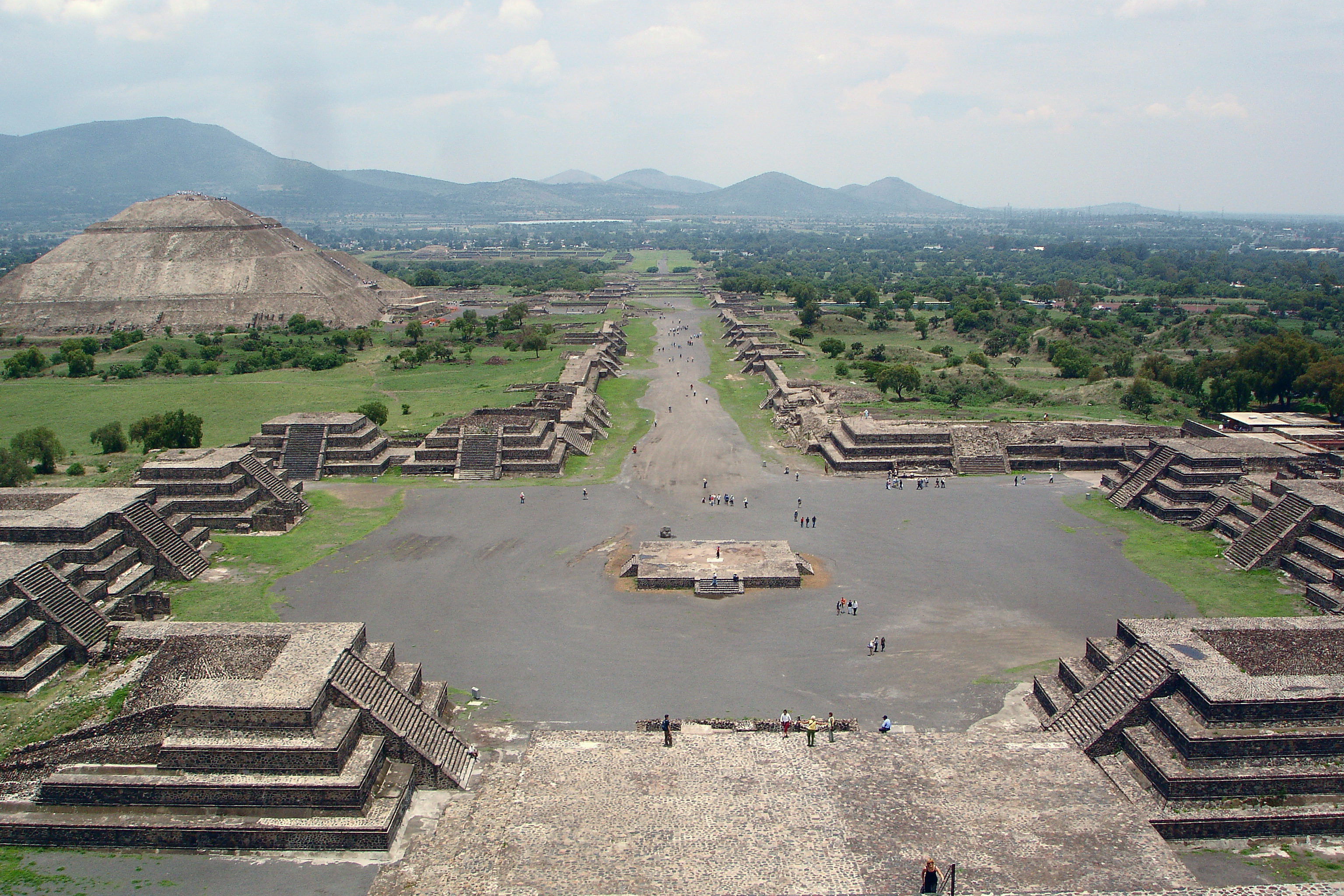
Last week, I introduce my new series, A Brief History of Urbanism.Here is the first installment.
While there is little about pre-Columbian civilization that is directly applicable to modern urban centers, it is important to recognize that North American residents have gathered in settlements for literally thousands of years. Too often we overlook this important part of the continent’s urban history.
Here is a short summary of North America’s first human settlements.
700 BC: Founding of Ticul
This 3,500-year-old Mexican settlement, located about sixty miles south of Yucatan’s capital city, Merida.* Originally settled by pre-Columbian Mayans, Ticul is North America’s oldest known settlement. After the Spanish established a colonial town on the site in 1549, Ticul achieved the status of a city in 1847. Over half the population still speaks the Maya language as their first tongue, although Spanish is also understood.
Ticul has long been known for the red pottery produced there. In modern times, it is known for its production of shoes. The city is nicknamed La Perla del Sur (“The Pearl of the South”), as it is in the southern part of Yucatán state.
500 BC Founding of Cholōllān (Cholula)
Cholula (Nahuatl: Cholōllān), was an important city of pre-Columbian Mesoamerica, dating back to at least the 2nd century BCE, with settlement as a village going back at least some thousand years earlier.* Cholula grew from a small village to a regional center between 600 and 700 CE. At the time of the arrival of Hernán Cortés Cholula was second only to the Aztec capital Tenochtitlan (modern Mexico City) as the largest city in central Mexico, with a population of up to 100,000 people. In addition to the great temple of Quetzalcoatl and various palaces, the city had 365 temples.
Cholula was significant during the Spanish Colonial period because it remained one of the nearby provinces that remained unconquered by the Aztecs. They were instrumental in helping the Spanish to conquer the Aztecs. During the Spanish Colonial period Cholula was overtaken in importance by the nearby city of Puebla.
300 BC Founding of Teotihuacán
Located in the Basin of Mexico, Teotihuacán is home to some of the largest pyramidal structures in the pre-Columbian Americas.* Apart from the pyramidal structures, Teotihuacan is also known for its large residential complexes, the Avenue of the Dead, and many colorful, well-preserved murals. Teotihuacan produced a thin orange pottery style that spread through Mesoamerica.
The city reached its peak in 450 AD, when it was the center of a powerful culture whose influence extended through much of the Mesoamerican region. At its peak, the city covered over 30 km² (over 11½ square miles), and was home to over 150,000 people and possibly as many as 250,000. [citation (pdf)] Various districts in the city housed people from across the Teotihuacano region of influence, which spread south as far as Guatemala. Notably, there are no fortifications and military structures in the city.
The decline of Teotihucán is linked to lengthy droughts due to the climate changes between 535-536 CE. This theory of ecological decline is supported by archaeological remains that show a rise in the percentage of juvenile skeletons with evidence of malnutrition during the 6th century.
100 AD Founding of Mictlán (Milta)
Milt (Nahuatl: Mictlán) means place of the dead. The Zapotec archeological site was built around 100 B.C. and occupied until 1521 when the Spaniards arrived. It began as a fortified village on the outer edge of the valley to become the main religious center for the area. The Mixtecs took control of the area around 1000 CE although the area remained populated by the Zapotec.* The city reached its height and largest size between 750 and 1521, with both Zapotec and Mixtec influences in its architecture during that time. Mitla was still occupied and functioning as the main religious center when the Spanish arrived in the 1520s
Next week I’ll look at the first settlements in the United States and Canada.